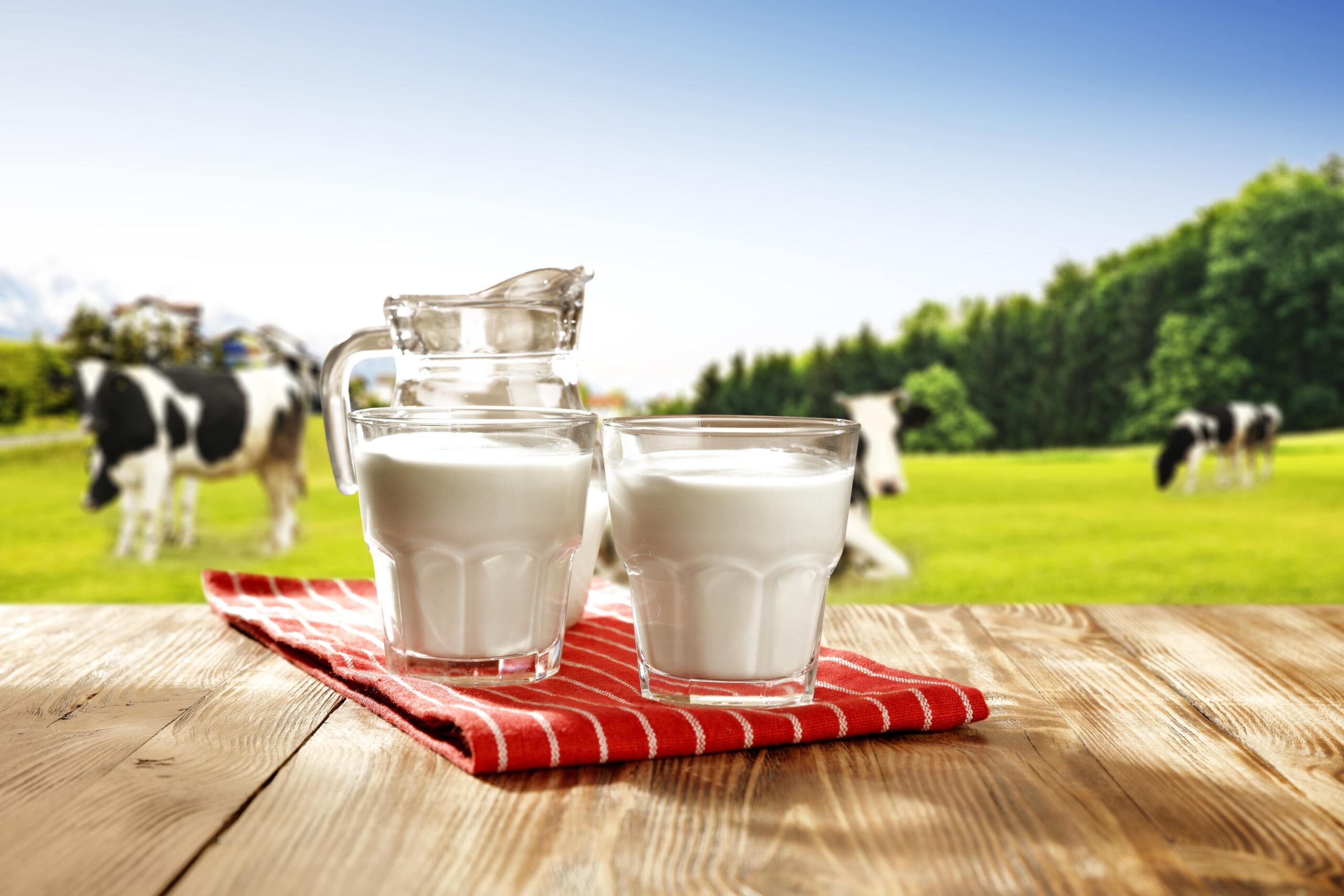Insight Focus
- Last time, we covered some of the main consumer drivers for dairy products.
- Here, we focus on product innovation, drawing on real-world examples.
- Responding to consumer trends and seizing market opportunities can bring great results.
Dairy Consumers Want More Innovative Products
In our last article, we revealed that dairy consumers want more innovative products, suitable for their specific needs.
New and innovative products come to the market in a variety of different ways. In some cases, they’re driven by consumer insight research and then strive to search for the right product (the top-down approach).
In other cases, processors develop their own new products before testing them as prototypes in the market, often with multiple iterations until the ‘sweet spot’ is discovered (the bottom-up approach).
Many of the largest food and dairy conglomerates have the capabilities in-house for the second approach, with centres of excellence for product development.
Both methods can be effective but a combination of both methods with processors and retailers working together and is often the most effective.
Sounds Simple?
In a 2020 US survey by McKinsey, only 9% of dairy executives described their company as “very agile or fast” in responding to consumer trends, seizing market opportunities, and responding to volatility and uncertainty.
There’s also plenty of evidence that their market research is based on current needs, rather than future expectations. And only 2% of the executives reported a “very strong” digital and analytics (DA) capability, normally supported by a large database.
The latter is important in marketing as it provides predictive insights into consumer trends and should be a critical element when there is disruptive behaviour.
There are two types of disruptions: predictable and unpredictable.
Makers of dairy-based protein sports supplements from whey powder who didn’t respond to the growing online and cheaper alternatives could easily be in trouble if no detection of the trend had been made (see Catastrophe Theory below). That was a predictable event.
In unpredictable disruptions, such as COVID-19, DA also plays an important role. With rapidly shifting consumer behaviour, from catering establishments towards in-store and online, several leading surveys have shown that the same companies were either ill-prepared or suffered a drop in confidence in their own market research.
A strong DA presence would also be valuable in assessing the supply chain, which became so disrupted that, with pandemic dairy sales actually increasing, consumers were sometimes faced with empty shelves or restricted choice from ‘sold outs.
Those that were nimble in identifying the switch, were richly rewarded, as dairy retail is much more profitable compared to food service establishments, bolstered by the higher margins from a managed reduced product range.
A Case Study
A US-based dairy company decided to carry out a huge, mostly top-down investigation into why sales in their Greek yoghurt range were falling, particularly amongst millennials.
The survey revealed that, not just with this product, but with yoghurt in general, this dairy category was lacking in “new and interesting taste experiences”. As a result, a complete re-branding took place.
No stone was left unturned including taste testing, packaging, pricing, manufacturing, and retailer needs. Promoting the health benefits of the product was also on point as Greek yoghurts contain twice as much protein by weight as regular yoghurt. The advertising was heavily linked to those reticent millennials, with the new products linked to digital offers and push notifications delivered to in-store shoppers on their phones as they entered the store.
The brand was also promoted by retail partners from many of the main supermarkets with both in-store and online promotions prominently featuring the new product.
Although it’s too early to say what the follow through sales results will be, the product has all the hallmarks of a success, as it addresses one of the two main drivers discussed in the previous article: innovation, as well as several of the secondary drivers, such as non-GMO on the label.
Catastrophe Theory in Food Retailing (1983)
This is a whole branch of mathematics, first developed in the 1960s and dedicated to measurable and predictable disruptions, and it was the subject of my dissertation at university, carried out with now Professor Sir Alan Wilson.
It’s called Catastrophe Theory as it relates to extremely rapid jump behaviour and is as relevant today as when invented.
I was writing about the precipitous decline of the local corner shop and the development of supermarkets from the 1970s.
There were potentially a lot of triggers that caused this, but the best fit was easily improved transportation and car ownership. It even allowed supermarket companies to predict where to optimally open their next store. If you can find the trigger(s) in today’s world and measure them in the dairy industry, you’re likely to be at the head of the game. The mathematics is dense and complicated but, for your part of the dairy industry, can you answer these questions:
- What are the current and likely future triggers of consumer behavioural change and the magnitude of each? (no more than 10).
- How can we measure and monitor this effect?
- Do any of them work together to magnify the effect?
- How close are we to any triggers being pulled (if predictable)?
- Can jump behaviour be reversed and how? (hint: it certainly can)
If you can answer these, you are in that elite 9%, or probably even further ahead.
Other Insights That May Be of Interest…
The Dairy Industry, Now and in the Future
Retail Trends Within the Dairy Industry
